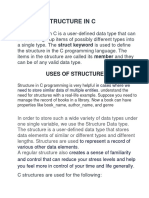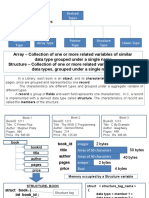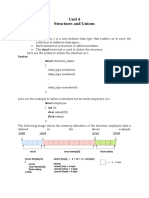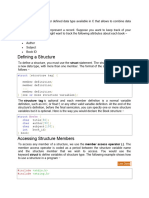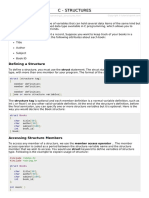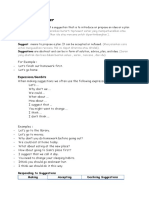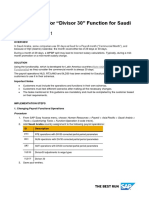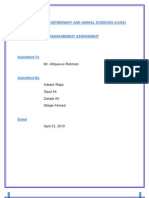0% found this document useful (0 votes)
6 views11 pagesC Structure, Union, Enum
C structures are user-defined data types that group different types of data into a single type, allowing for organized data management. They can be declared, defined, and initialized in various ways, and are useful for representing complex data like students or books. However, C structures have limitations such as higher memory consumption and lack of data hiding, while unions allow for storing different data types in the same memory location, with only one member being active at a time.
Uploaded by
Prajukta DasCopyright
© © All Rights Reserved
We take content rights seriously. If you suspect this is your content, claim it here.
Available Formats
Download as PDF, TXT or read online on Scribd
0% found this document useful (0 votes)
6 views11 pagesC Structure, Union, Enum
C structures are user-defined data types that group different types of data into a single type, allowing for organized data management. They can be declared, defined, and initialized in various ways, and are useful for representing complex data like students or books. However, C structures have limitations such as higher memory consumption and lack of data hiding, while unions allow for storing different data types in the same memory location, with only one member being active at a time.
Uploaded by
Prajukta DasCopyright
© © All Rights Reserved
We take content rights seriously. If you suspect this is your content, claim it here.
Available Formats
Download as PDF, TXT or read online on Scribd
/ 11

